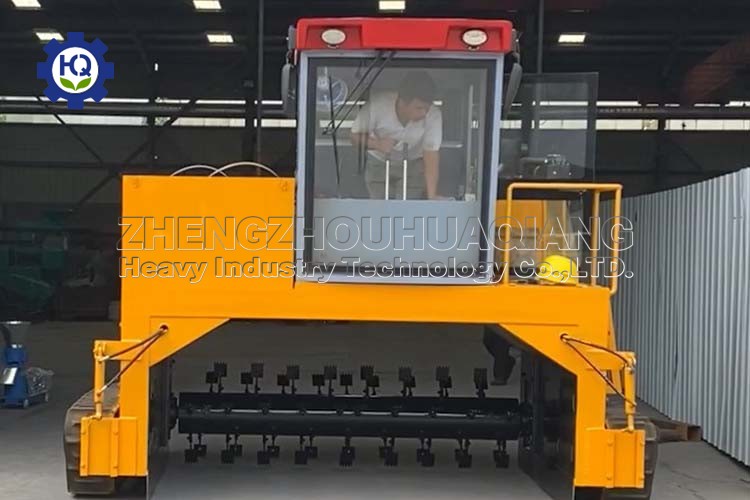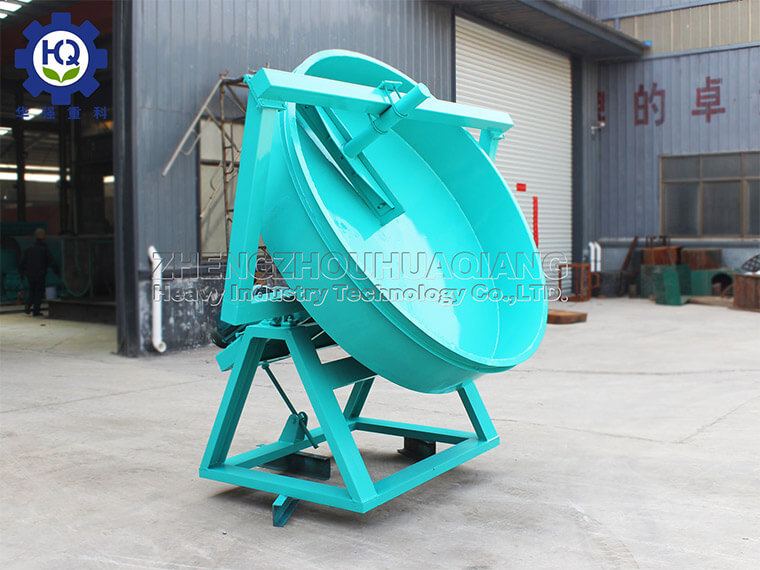Due to the increasingly high level of agricultural modernization, organic food has received increasing attention. The emphasis that follows is on ecological agriculture. Because only ecological agriculture can produce ecological food. In this regard, both from the strength of national policy support and in practical actions, the country has invested a lot of support in this regard. The widespread use of organic fertilizers as we know it is one of the best examples. It can be said that in the future, organic fertilizer will gradually replace other fertilizers and become a necessary fertilizer for crop growth. So what is the development trend of organic fertilizer?.jpg)
In terms of organic fertilizer production, it has received strong support from many experts. At the same time, it has also received strong support from the country in terms of equipment. Many places now have specialized equipment and production lines for organic fertilizer production in order to produce better organic fertilizers. In terms of policy support, many local governments have given much help. In particular, it has received strong support in the utilization of waste and the treatment of some discarded household goods, as this not only disposes of household waste and reduces environmental pollution, but also turns waste into a treasure and produces valuable organic fertilizer. In many places, this is a very good measure, so many local governments will provide strong support for the production and use of organic fertilizer, and even provide certain subsidies from the economic perspective to encourage people to use organic fertilizer.
It can be said that it is the widespread use of organic fertilizers that can gradually transform our agriculture into pollution-free agriculture, and enable more organic food, fruits, and vegetables to come to our table.
With the development of economy and the acceleration of urbanization, the urban population has surged, and the pollutants in cities are also increasing. In fact, urban pollutants can be turned into organic fertilizer through treatment. Organic fertilizer is necessary for organic and ecological agriculture. It can improve soil properties, improve soil fertility, increase the yield and quality of agricultural products, and curb environmental pollution. It is recommended that the government increase investment and design the classification and treatment of urban pollutants in the planning of urban construction, and treat this as a new industry to treat urban pollutants into organic fertilizers with low prices and convenient transportation, so as to turn waste into treasure for agricultural services.








